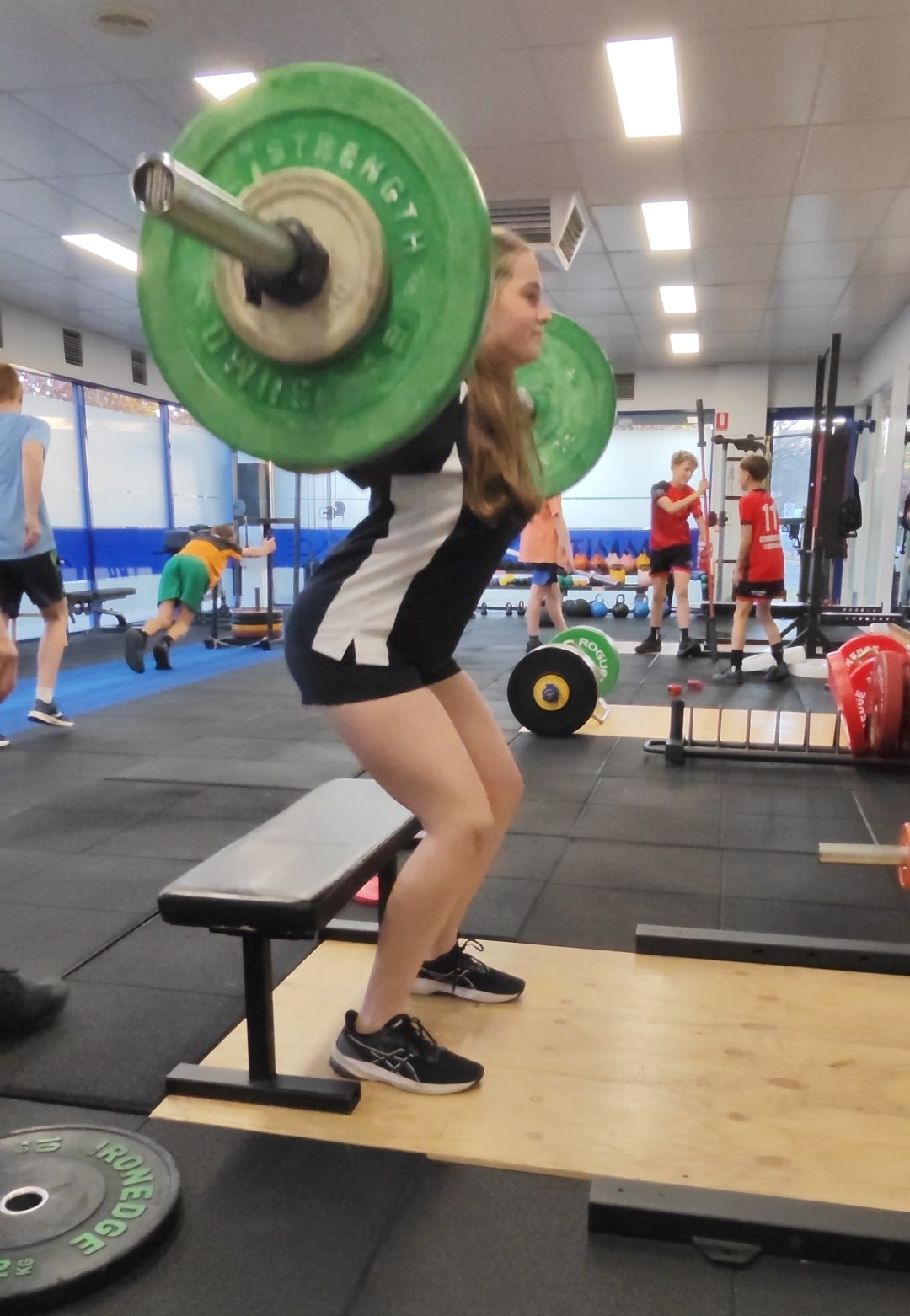Unveiling the Power of Strength Training for Runners:
Strength training is a cornerstone of an effective running regimen, offering an array of benefits that can significantly enhance performance and reduce the risk of injuries. As runners strive to improve their endurance, speed, and overall running efficiency, incorporating a well-structured strength training program can be a game-changer. Let’s delve into the numerous advantages of strength training for runners and explore how to integrate it into your training routine effectively.
Injury Prevention: Running, while beneficial, can place considerable stress on various muscle groups and skeletal structures. By implementing a targeted strength training regimen, runners can strengthen these vulnerable areas, fortifying muscles, tendons, ligaments, and bones. This proactive approach helps minimize the risk of overuse injuries, enabling runners to maintain consistency in their training without being sidelined by preventable setbacks.
Muscle Imbalance Correction: The repetitive nature of running often leads to certain muscle groups, such as the quadriceps, hamstrings, and calves, becoming overdeveloped compared to others like the hips, glutes, and core. By integrating a comprehensive strength training routine, runners can address these imbalances, promoting better alignment and reducing the likelihood of muscle-related injuries.
Enhanced Running Economy: Optimal running economy is crucial for achieving peak performance. Through strength training, runners can improve their body’s efficiency in utilizing oxygen at various paces. Strengthening key muscle groups enables the generation of increased force with each stride, leading to enhanced running speed and endurance, ultimately improving overall performance.
Increased Power and Speed: Building stronger leg muscles is instrumental in increasing power and speed, key components for any competitive runner. Implementing exercises like squats, lunges, and plyometrics can significantly enhance the force generation capacity, allowing runners to achieve faster race times and improved sprinting capabilities.
Better Running Form and Posture: Maintaining proper running form and posture is essential for long-term injury prevention and optimal performance. By integrating specific strength training exercises that target the core, hips, and glutes, runners can significantly improve stability and alignment, reducing the risk of compensatory movements and enhancing overall running mechanics.
Endurance Improvement: Endurance is vital for runners aiming to cover longer distances without succumbing to fatigue. Incorporating resistance training with weights or resistance bands can enhance the endurance capacity of muscles, enabling runners to sustain their performance over extended periods, thus delaying the onset of fatigue during prolonged runs.
Bone Density and Injury Resilience: Strength training not only bolsters muscles but also plays a crucial role in promoting bone health. With a particular focus on increasing bone density, especially in female runners susceptible to osteoporosis, strength training can fortify bones, making them more resilient to stress fractures and other running-related bone injuries.
When integrating strength training into a running routine, it is vital to focus on exercises that specifically target the muscle groups used in running, as well as incorporating overall functional movements that contribute to improved performance and resilience.
To develop a comprehensive and tailored strength training program, it is highly recommended to collaborate with a exercise physiologist, qualified strength and conditioning coach or a personal trainer. Their expertise can assist in creating a well-rounded regimen that aligns with individual needs, goals, and training intensity.
By acknowledging the transformative power of strength training and incorporating it into your running regimen, you can unlock your full potential, elevate your performance, and ensure a sustainable and injury-free running journey.




